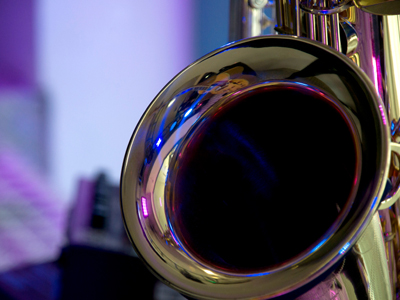
Electricity - Static Electricity
Electricity is a major topic covered in GCSE Physics. One aspect of electricity that students will learn about is static electricity - a stationary electric charge produced by the transfer of electrons between certain insulators as a result of friction. In this quiz we look at some examples of static electricity and at some of its effects.
Have you ever been 'zapped' as you get out of a car or touched metal shelving in a shop with carpeting on the floor? Have you ever rubbed a balloon on your clothing and stuck it to a wall? Have you ever watched lighning during a storm? If you have, then you have experienced static electricity in action!
Static electricity is a stationary electric charge, produced by friction acting on certain electrical insulators. As you rub an insulator, such as the soles of your shoes on the carpet or the balloon on your clothing, electrons are knocked off some of the atoms and are transferred from one to the other.
Ready for more?
not all...
quizzers. Try to win a coveted spot on our Hall of Fame Page.







